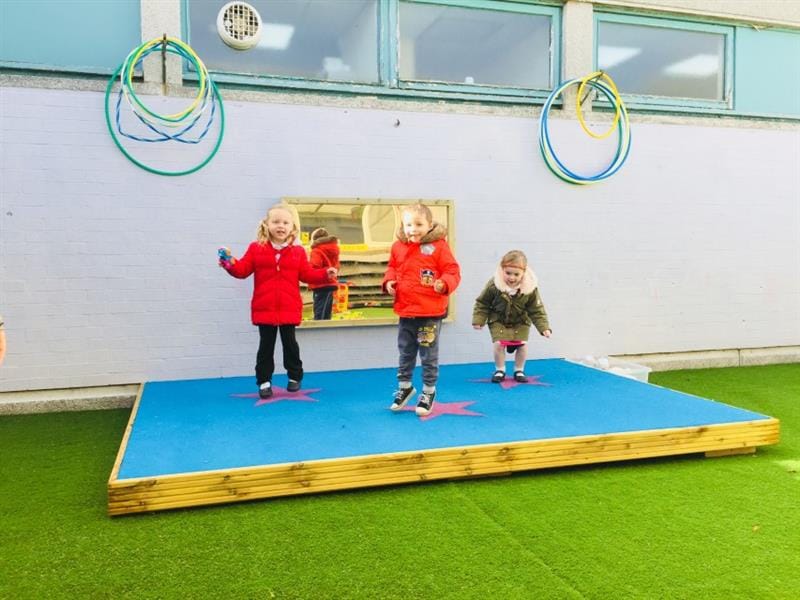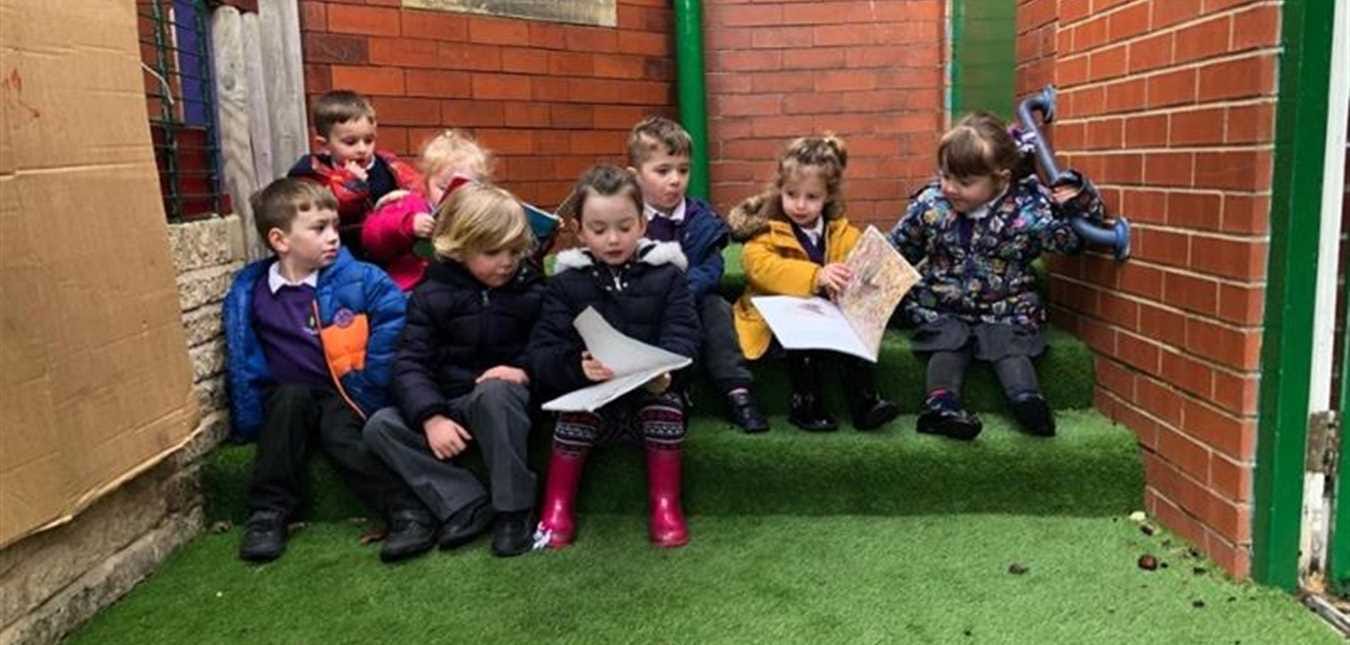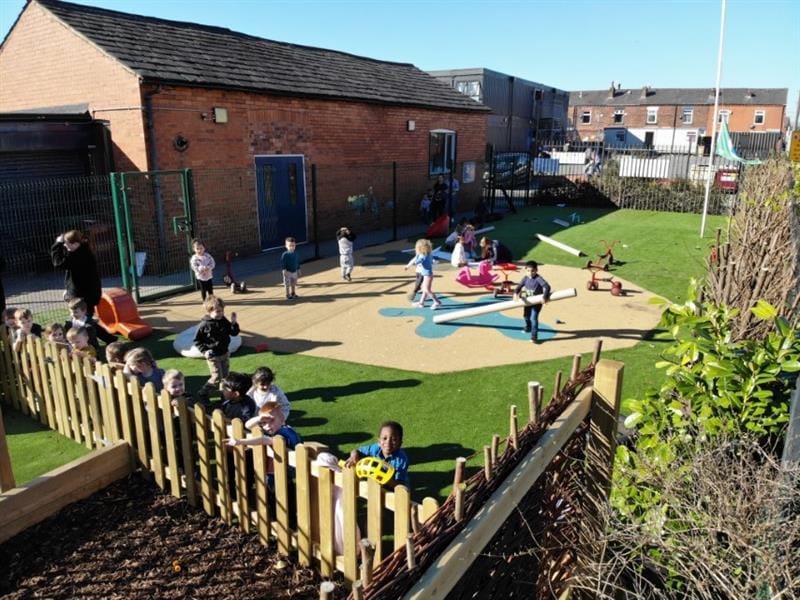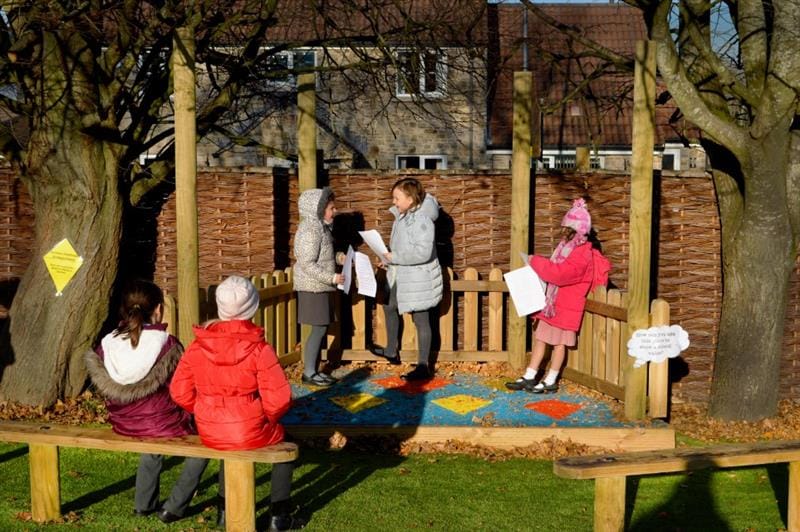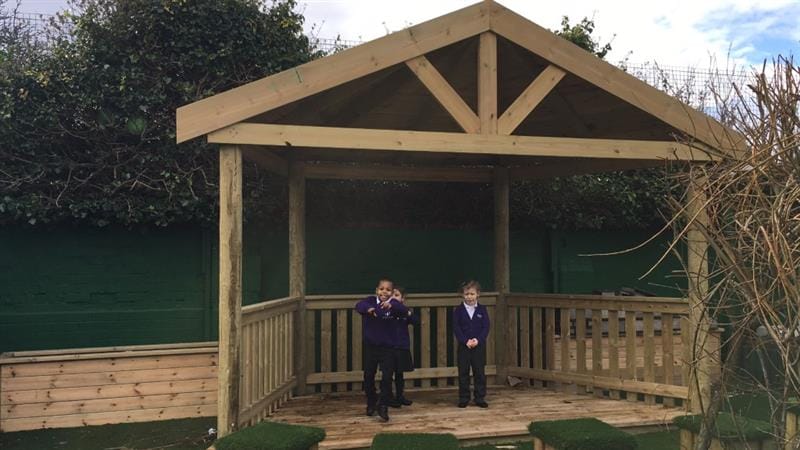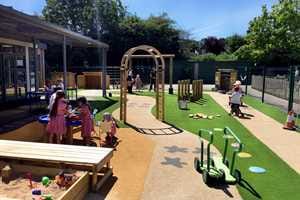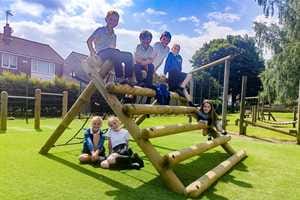
Lesson Ideas and Activities
Develop Speech and Language Fluency Through 4 Exciting Playground Activities
Speech is a powerful tool and incredibly important when socialising and delivering information to others. Children depend on words and phrases to communicate their needs to grown-ups, have their requirements met and convey their thoughts and ideas to others.
If you’ve had direct experience with ‘terrible twos’ you will know what I mean. Toddlers often grow frustrated when they cannot convey their messages.
To be fluent, speech should flow easily and effortlessly. Yet children who stutter and stammer lack ease when they are trying to think of what to say and are planning the words and arrangements that they are going to use.
As a result of dysfluency, self-confidence could take a hit and may result in children become introverted, unable to answer questions, read out loud in front of their peers and make new friends.
Between the ages of 3-5 years old, it is common for some children to go through a period of ‘normal dysfluency’. This happens when they are repeating words and the beginning of sounds for example, “Mummy, I I I want to go to the park”.
At this stage, children are continually acquiring new words and phrases rapidly and need more practise creating sentences. Through this period, children aren’t mindful of what they are doing and so these dysfluencies do not control the speech.
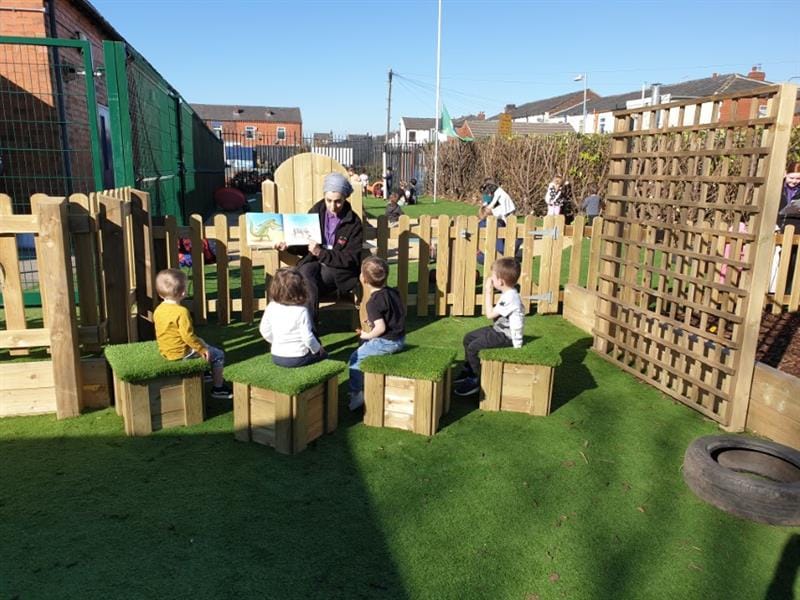
Stuttering happens when there is a disruption in the flow of speech. In many instances, it goes away on its own, in others it may last longer. A variety of factors have been thought to be linked to stuttering, such as;
- Genetics. About 60% have close family members who stutter
- Developmental delays
- Language processing difficulties
- Fast paced talking
- Increase in activity levels
4 Outdoor Play Activities to Support Speech and Language Fluency in Children
1. Role Play Activities - Supermarket Sweep
Children who stutter often recognise and know what they want, but may find it difficult to ask for it. Role play activities allow children to be in control and rehearse specific situations that they have experienced stuttering in the past or are likely to experience in the future. Acting out allows them to create scripts to use in the future.
A fun way to practise language fluency and communication is by setting up a pretend mini supermarket in an outdoor Play House. Children can create shopping list - perhaps they’ve run out of milk, or they need to go out and by some fruit.
This role play experience allows children to build their descriptive language whilst ‘shopping’. It is an opportunity for repetition and a way to build single-word vocabulary, too. The more terminology a child has readily available, the easier they might find it to form sentences and communicate their needs.
In addition, it also offers an opportunity to model other children and boost self-confidence.
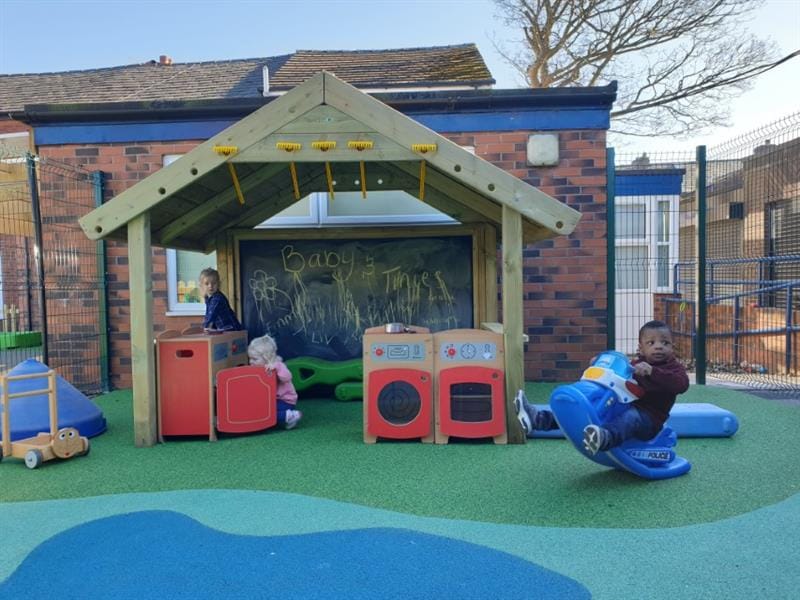
2. Outdoor Story Time
An entertaining and beneficial collaborative play activity to help build language fluency is to use a book with pictures. Each child can take turns to sit on the Story Telling Chair and look at the pictures on the allocated page while using their vivid imagination to describe what is happening.
The emphasis should be on slow speaking and pausing in front of an audience.
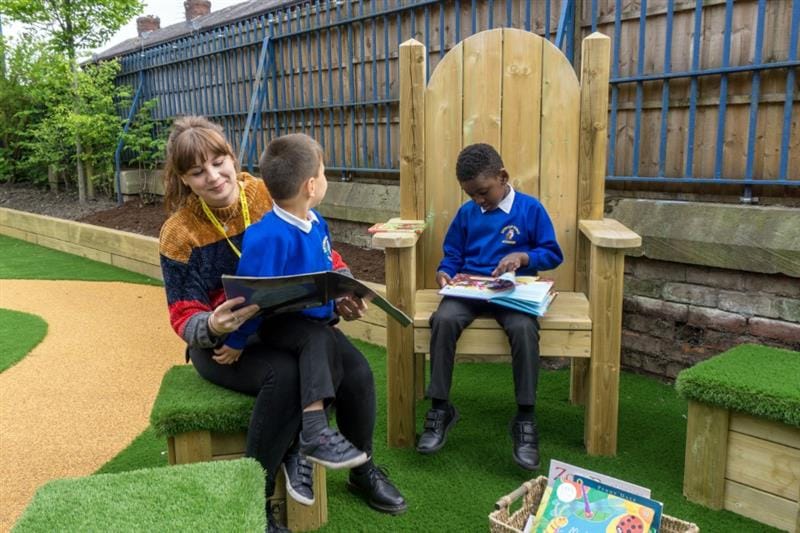
3. Turn Taking Activities - Only Joking...
A lot of children struggle with taking turns. Nevertheless, it is important when creating play activities to encourage language fluency. Everyone must wait patiently for their turn and comply because if interrupted, this can have a negative impact on the flow of speech for children who stutter.
Conversely, a speech impediment such as stuttering may directly affect a child’s ability to ask for their turn in the playground, too.
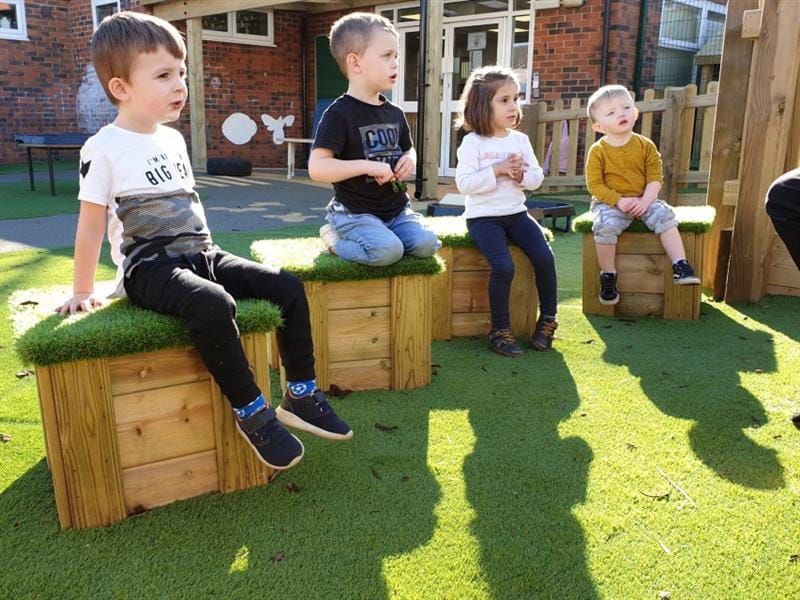
An amusing activity for stuttering children to engage in with their peers is to form a joke-telling circle outdoors. By rearranging Playground Seating, children can then take-turns to say their ‘pre-prepared’ jokes for their peers or read from a joke book (which would then be passed around), whilst practising pausing and slow speech deliverance.
Similarly, for younger children, the walk and talk seating circle can help to create a relaxing and comfortable environment when engaging in a light-hearted activity.
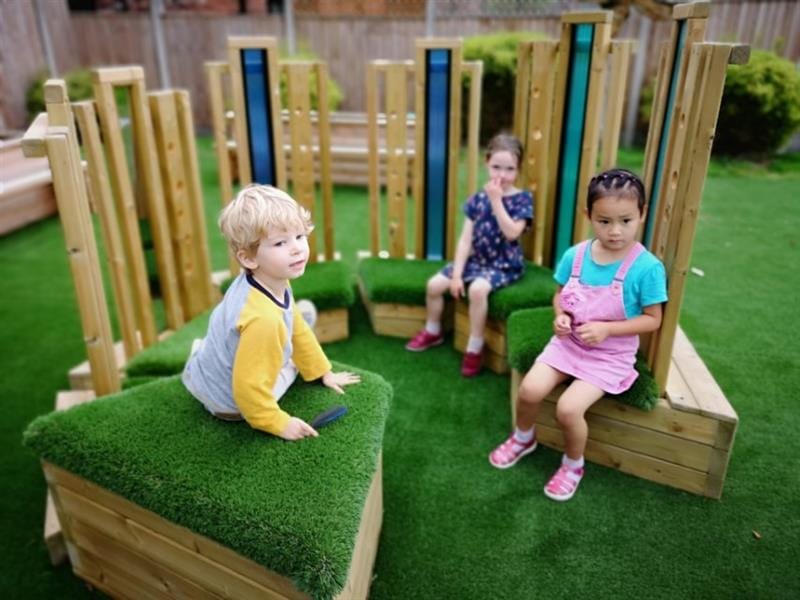
4. Speech Games - Simon Says
Play activities which encourage simple and short sentences support stuttering children to build confidence. Games that encourage children to describe something, give directions to others, whilst practising pausing techniques in an entertaining way are the most effective.
Who hasn’t played a game of ‘Simon says’ when they were younger and ‘guess what’? It’s still a great tool for practising turn taking and delivering and following clear and concise instructions. The adult should start the game to reveal the speech pattern.
Using the Outdoor Performance Stage, the leader would begin with ‘Simon says’ followed by a pause of 1-3 seconds. Pausing helps children who stutter to relax and is a technique that is taught by speech therapists to decrease stuttering.
After the brief pause, the instruction is called out to their friends, such as “touch your toes”. The trick is to combine instructions without “Simon says” and whoever responds is then removed until there’s a champion.
Once the game is over children can repeat the game with a different leader, this way everyone has a chance to shine and of course practise makes perfect!
Stuttering children need support and encouragement. When listening to them speak, it’s important to be patient, taking the time to listen, rather than interrupt or finish sentences for them. This will boost their confidence when speaking in the future.
View our full range of educational Playground Equipment designed to meet the needs of schools and nurseries. Our Playground Consultants will work with your school to design a playground environment which suits your children and schools needs. Contact Us for free, expert advice.
